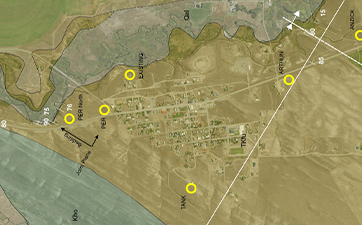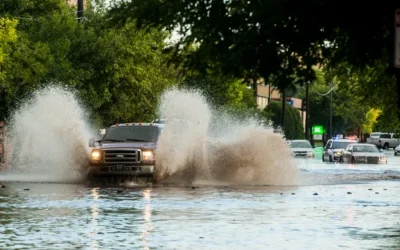Many small systems in the state of Montana and around the country are designated and operated as groundwater systems – using wells, springs, or infiltration galleries – and are required to follow the requirements of the Groundwater Rule in order to provide safe drinking water to their communities. The Groundwater Rule, in simple terms, “reduces the risk of illness caused by microbial contamination in public groundwater systems.” (EPA Ground Water Rule: A Quick Reference Guide, June 2008) The rule outlines requirements for source water sampling and monitoring as well as guidance for treatment should deficiencies be noted. Typically, the most stringent requirement for treatment under the Ground Water Rule is to provide disinfection through the use of gaseous chlorine or sodium hypochlorite to inactivate viruses. This type of source and possible treatment is common and the simplest a system can use.
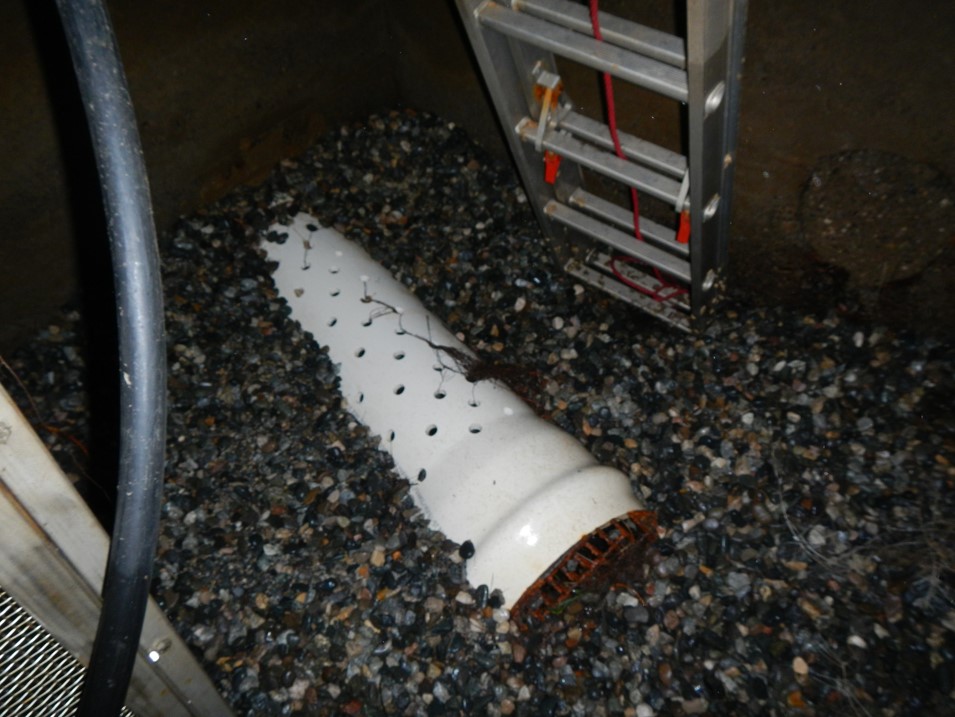
Example of Infiltration Gallery
Unfortunately, there are times when ground water systems are faced with a new designation which can upend their operating strategy, budget, and source of supply. If a ground water source is determined to be influenced by surface water, the source will then be referred to as Ground Water Under the Direct Influence of Surface Water or GWUDISW. A source that is determined to be GWUDISW is then required to mitigate the issue causing the GWUDISW designation, find a new source of water, or meet the requirements of the Surface Water Treatment Rule (SWTR) instead of the much simpler Ground Water Rule. The change in designation can come about due to a variety of reasons, some of which may be:
- A periodic sanitary survey of the source may identify potential concerns at the source that are further investigated and lead to an assessment and sampling which indicate the source is at risk or is already being influenced by surface water.
- A geologic event can happen that changes the ground water flow in the area and affects the source of supply in a negative manner.
- An old spring box could be damaged leading to contamination of the source.
- An infiltration gallery can deteriorate over time and lead to possible influence of surface water.
When a system is faced with their source being designated as GWUDISW there are multiple avenues to address the situation, some requiring more steps and funds than others. First and foremost is to determine if the source of potential contamination can be eliminated. For example, if it is a damaged spring box, can it be repaired? Or if the source of water is a well can a downhole video be completed to determine if the well surface seal can be repaired? Another approach could be to determine if the source is necessary – can the system abandon it and utilize other sources of water? All of these options are relatively low cost and simple, but not always possible. The community of Absarokee utilized the approach of abandoning a source when faced with a GWUDISW designation and instead rely on their other sources of water. This has given them time to explore solutions and decide if they would like to bring the GWUDISW source back online at some point in the future.
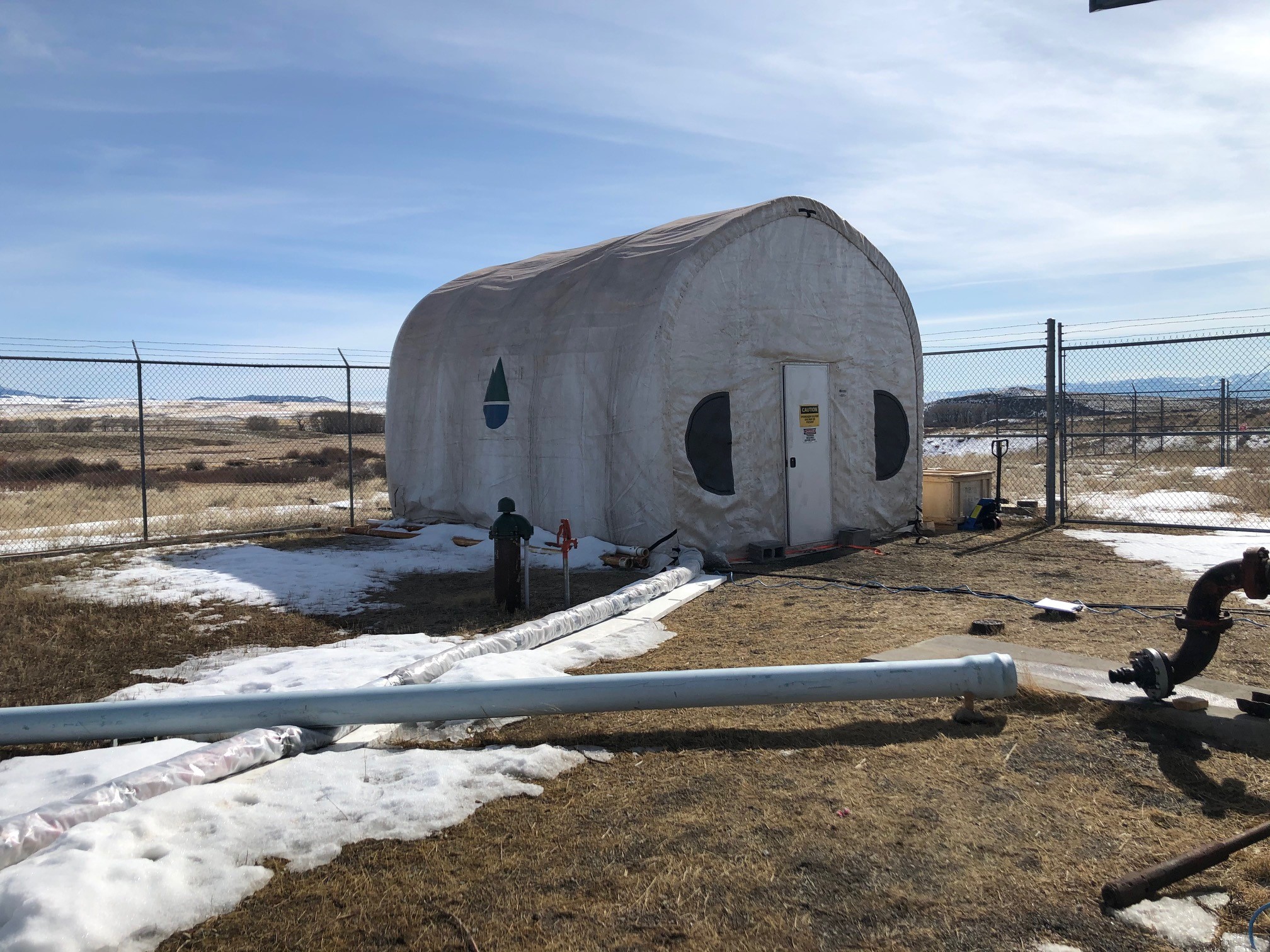
Pilot Study Tent Enclosure
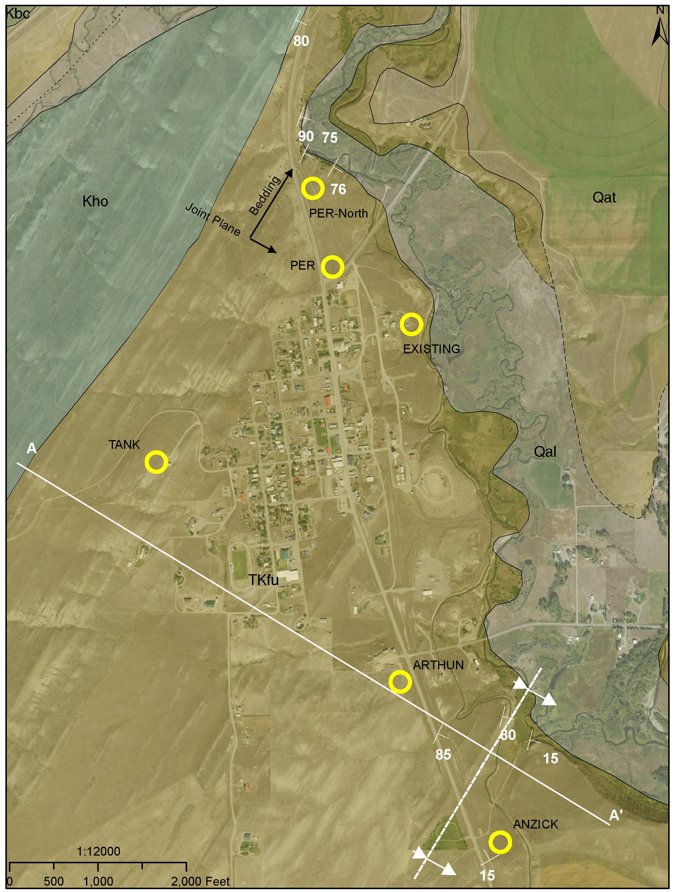
Example Figure of Geology and Candidate Test Wells
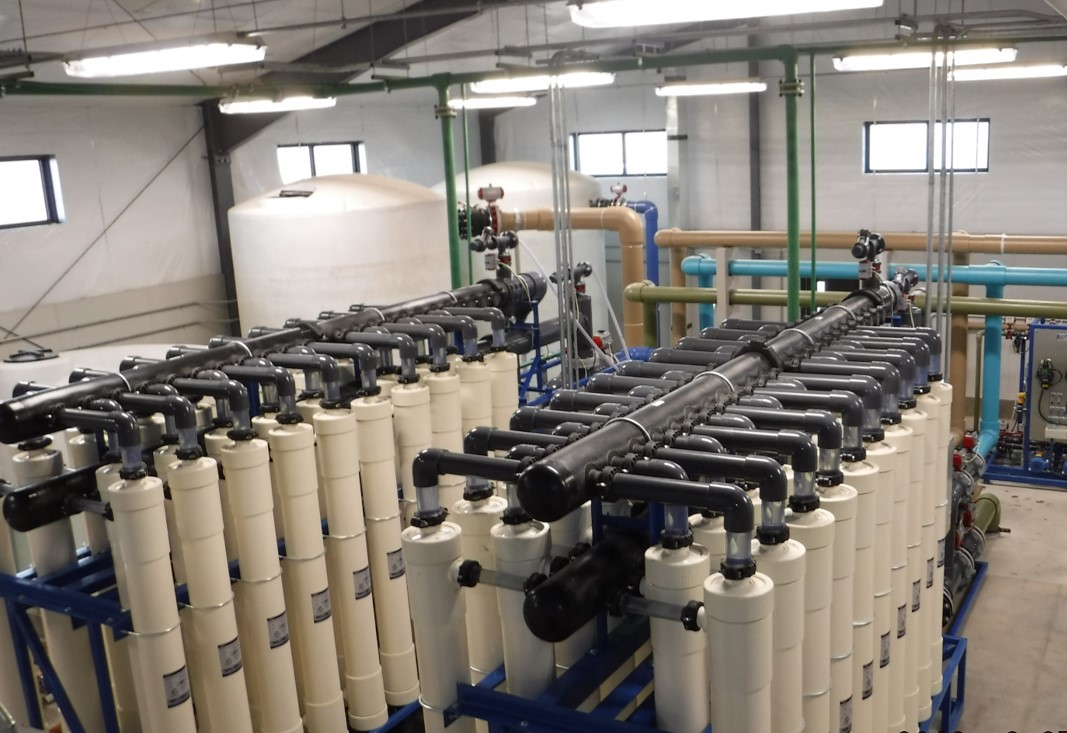
Ultrafiltration at Big Timber Water Treatment Plant
If a system cannot lose the source or address the potential contamination, then the next steps would be to determine if a new source of water can be brought online or if treatment is necessary. An example of looking for an alternative source was utilized in Wilsall, MT after their wells were designated as GWUDISW. They could not address the problem at the wellhead and decided to look for possible new well locations. Unfortunately, after drilling two test wells it was determined that a new source was not a viable solution as sufficient quantity and quality of water was not located. Ultimately, they determined that installing a treatment system to comply with the SWTR was the option they needed to pursue. Through an alternatives analysis and completion of a pilot study of an alternative technology (biological denitrification with ultrafiltration) it was decided that the use of cartridge filters coupled with UV disinfection was the preferred option for complying with the requirements of the SWTR. The improvements have been designed and approved and construction will be begin after bidding and award of the project. The project is being funded by a grant and loan package from USDA RD, TSEP, RRGL, and ARPA.
The City of Big Timber was also faced with having their only source of water designated as GWUDISW. Their preferred option was to make upgrades to their infiltration gallery to enable them to keep their ground water designation. When that was determined to be unacceptable, they turned to a treatment solution as the community has used the same source of water for decades and did not want to purse an alternative. Their water treatment plant consists of ultrafiltration membranes to comply with the filtration component of the SWTR and sodium hypochlorite to comply with the disinfection component of the rule. The treatment plant has been operational for three years and full compliance with the SWTR is maintained. The project was funded by an SRF loan and City reserves.
The Montana Department of Environmental Quality’s (DEQ) Circular PWS-5 and Circular DEQ-1 provide additional information related to the process of evaluation of sources as well as compliance. DEQ is currently proposing some changes to the evaluation process, however those changes have not yet taken effect.
For small systems which find themselves in the position of having their source(s) of water being changed from a groundwater classification to a GWUDISW classification the challenge can seem significant. However, a step-by-step process to evaluate the existing conditions and options for achieving compliance should be completed in consultation with your engineer and also DEQ. For systems which must pursue cost intensive solutions such as finding additional sources of water or installing treatment, there are a variety of funding options which can be pursued to limit the burden on customers while still ensuring the safe drinking water is supplied to the system. A thorough planning process can ensure the system is eligible for various grants and low interest loans to allow the system to complete a successful project.
To learn more about Ground Water Under the Direct Influence of Surface Water and how one of our specialists can help your community, contact us today!
LATEST NEWS
Stormwater Planning – The Calm Before the Storm
Stormwater planning and management often falls behind as a priority for communities. This is understandable with the ever-present demands for providing clean drinking water and adequate collection and treatment of wastewater, along with many other competing needs for resources to keep a community running.
5 Tips to Increase Your Chances of Receiving Grant Funding
A few years ago, Idaho and Montana went from being Lewis and Clark’s rest stops as they endeavored to find the Pacific Ocean to one of the best places in the region to call home. All of us born and raised in these regions, while we aren’t surprised in the least that people want to move here, are finding it challenging to accommodate this unprecedented growth.
Summer Interns 2025
With summer in full swing and classrooms on pause, it’s time once again to welcome a new class of bright minds ready to dive into the world of engineering. At Great West, we believe in investing in future leaders, and our internship program is one way we live out our commitment to growth, mentorship, and empowerment.

